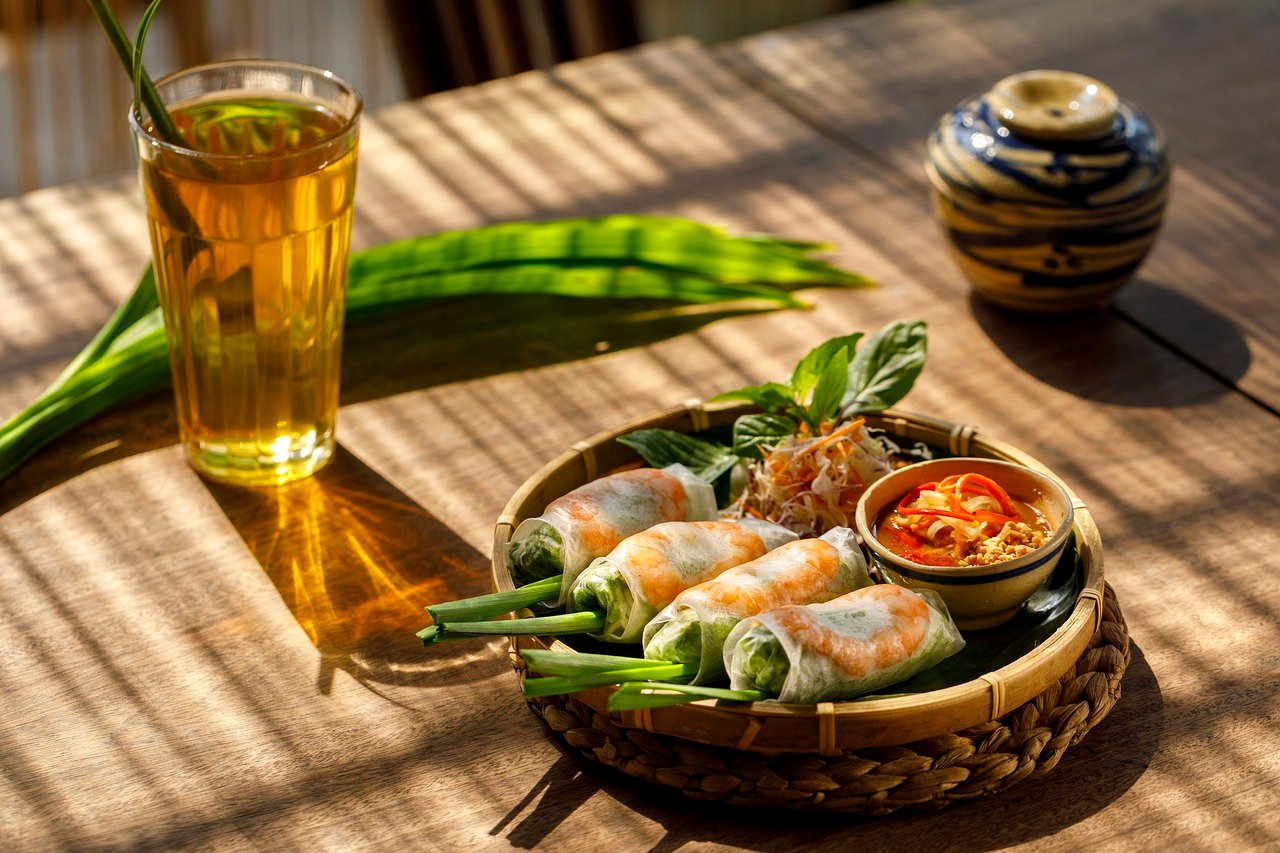Introduction to Cuşcuş
Cuscuş, often spelled as couscous in Western countries, is a culinary gem from North Africa. Known for its delicate texture and versatility, cuscuş has become a staple in many kitchens worldwide. Originating from the Maghreb region, it holds a significant place in North African culture, representing hospitality and community. Over time, its popularity has spread across continents, finding a place in both traditional and modern cuisines.
For food enthusiasts, home cooks, and lovers of North African cuisine, understanding cuscuş offers a deeper appreciation of its cultural roots and culinary applications. This post explores the origins, preparation methods, variations, and nutritional benefits, providing a comprehensive guide to this beloved dish. Whether you’re a seasoned cook or a curious foodie, you’re sure to gain valuable insights into the world of cuscuş.
The Making of Cuşcuş
Creating traditional cuscuş is an art that requires patience and skill. It begins with semolina, a coarse wheat product, which is sprinkled with water and rolled into tiny granules. The process is repeated until the desired consistency is achieved. These granules are then steamed over a special pot called a couscoussier, ensuring they remain fluffy and separate.
The steaming process is crucial, as it gives cuscuş its light and airy texture. In many North African households, the preparation of cuscuş is a communal activity, often involving multiple generations. It serves as an opportunity to pass down family recipes and techniques, preserving the cultural heritage associated with the dish.
While the traditional method may seem labor-intensive, it’s a rewarding experience that connects you to the roots of North African cuisine. For those seeking convenience, pre-steamed cuscuş is available in most grocery stores, allowing you to enjoy its flavors without the lengthy preparation.
Variations of Cuşcuş
Cuscuş is not a one-size-fits-all dish; it varies widely depending on the region and ingredients used. In Morocco, cuşcuş is often made with lamb and vegetables, spiced with saffron and turmeric. Tunisians might prepare it with fish, incorporating harissa for a spicy kick.
Apart from regional variations, different grains like pearl millet and sorghum can be used to make cuscuş. These alternatives cater to dietary preferences and offer unique flavors. Bulgur, another popular choice, provides a nuttier taste and is often used in Middle Eastern dishes.
These variations highlight cuscuş’s adaptability, making it a versatile dish suited to various palates. By exploring these options, you can discover new and exciting ways to incorporate cuscuş into your meals, whether sticking to traditional recipes or experimenting with fusion cuisine.
Nutritional Benefits of Cuşcuş
Cuscuş is more than just a delicious dish; it’s also packed with nutritional benefits. As a source of carbohydrates, it provides energy and is low in fat. Whole grain cuscuş, in particular, offers a good amount of fiber, supporting digestive health.
For those seeking gluten-free alternatives, some variations of cuşcuş made from grains like sorghum or millet provide suitable options. These grains offer additional nutrients, including vitamins and minerals that contribute to a balanced diet.
Incorporating cuscuş into your meals can support overall health while adding variety to your culinary repertoire. Its nutritional profile makes it a valuable component of a well-rounded diet, appealing to health-conscious individuals and food enthusiasts alike.
Culinary Uses of Cuşcuş
The culinary applications of cuscuş are vast, ranging from traditional North African dishes to innovative global recipes. In its simplest form, cuşcuş can be served as a side dish, complementing stews or grilled meats. Its delicate texture and mild flavor make it an excellent base to absorb the rich spices and broths typically found in North African cuisine.
Beyond traditional uses, cuşcuş can be incorporated into salads, providing a hearty and nutritious meal. It pairs well with fresh vegetables, herbs, and dressings, creating a refreshing dish that’s perfect for warm weather.
Additionally, cuşcuş can be used in desserts, showcasing its versatility. Sweetened with honey, cinnamon, and nuts, it transforms into a delightful treat, offering a unique twist on traditional dessert options.
Cuşcuş in Global Cuisine
While cuşcuş has its roots in North Africa, its influence extends far beyond the region. In France, it has been embraced as a popular dish, often served with merguez sausages and spicy harissa sauce. Its integration into European cuisine reflects its adaptability and appeal to diverse tastes.
In contemporary cuisine, chefs around the world are experimenting with cuşcuş, incorporating it into fusion dishes that blend different culinary traditions. From Asian-inspired stir-fries to Mediterranean-style bowls, cuşcuş continues to evolve, demonstrating its enduring relevance and versatility.
These global interpretations enrich the culinary landscape, inviting food enthusiasts to explore new flavors and combinations. Whether you’re a fan of traditional recipes or curious about modern twists, cuşcuş offers endless possibilities for culinary exploration.
YOU MAY ALSO LIKE
The Rise of Süberlig: Revolutionizing Food with Taste, Health, and Sustainability
FAQs About Cuşcuş
1. Is cuşcuş gluten-free?
Traditional cuşcuş made from wheat semolina is not gluten-free. However, variations made from gluten-free grains like sorghum or millet are available.
2. Can cuşcuş be cooked in advance?
Yes, cuşcuş can be prepared ahead of time and stored in the refrigerator for up to a few days. Reheat it gently by steaming or microwaving.
3. What are the best spices for cuşcuş?
Spices like cumin, coriander, saffron, and turmeric pair well with cuşcuş, enhancing its flavor without overpowering its delicate texture.
4. How do I avoid clumping when cooking cuşcuş?
Ensure you fluff the cuşcuş with a fork after cooking to keep the grains separate. Adding a small amount of oil or butter can also prevent clumping.
5. What’s the difference between cuşcuş and pasta?
While both are made from wheat, cuşcuş is rolled into tiny granules and steamed, whereas pasta is typically boiled and formed into various shapes.
Conclusion
Cuşcuş is a culinary treasure that bridges cultures and cuisines, offering a versatile and nutritious addition to any meal. Its rich history, diverse variations, and endless applications make it a beloved dish among food enthusiasts and home cooks alike.
Through this exploration of cuşcuş, we’ve unveiled its cultural significance, nutritional benefits, and global influence. Whether you’re preparing a traditional North African feast or experimenting with fusion dishes, cuşcuş invites creativity and connection to culinary heritage.
Ready to try your hand at cuşcuş? Gather your ingredients, explore new recipes, and discover the joy of this timeless dish. For further inspiration and tips, consider joining cooking classes or culinary communities dedicated to North African cuisine.











